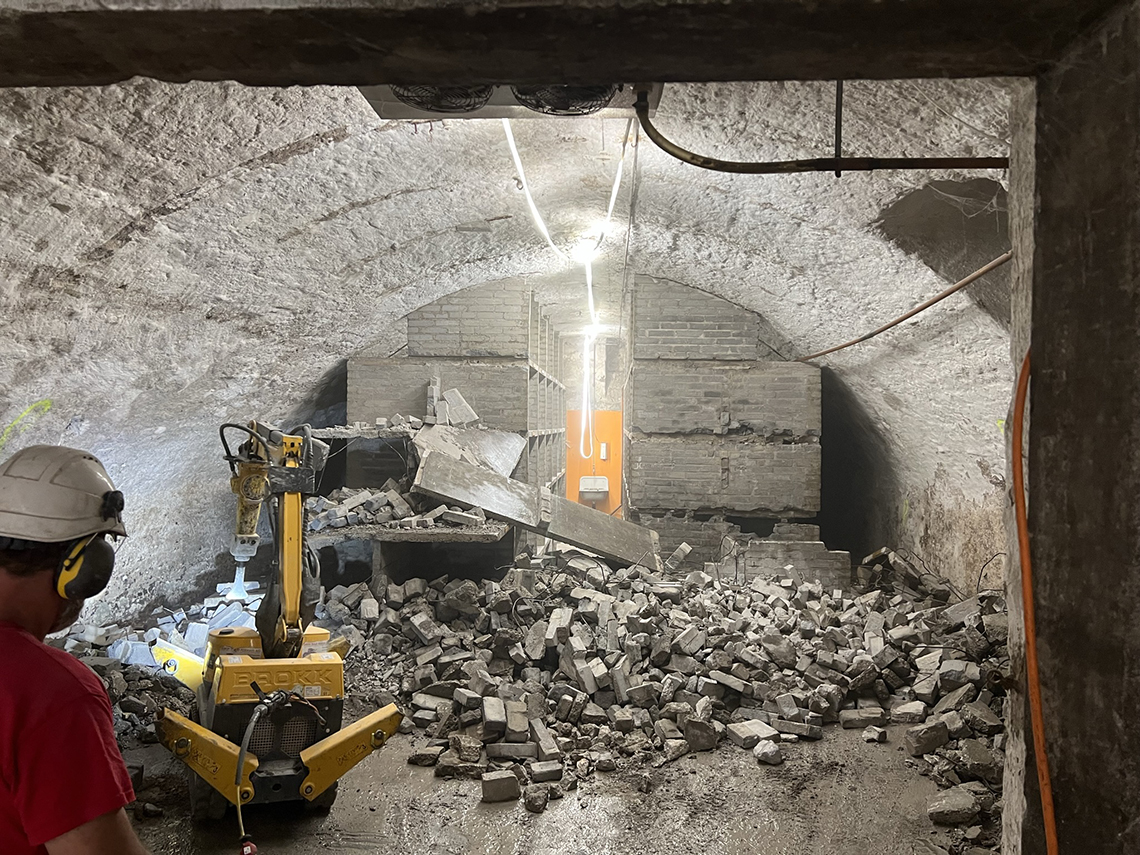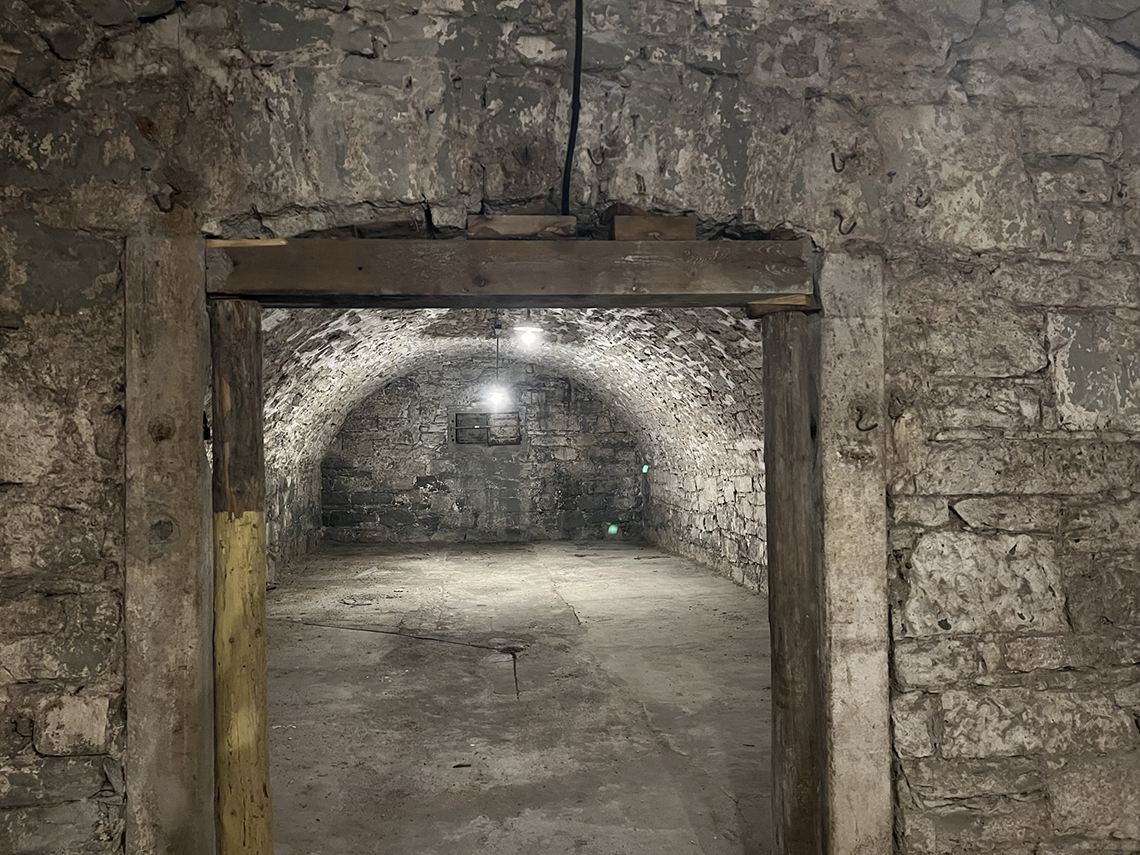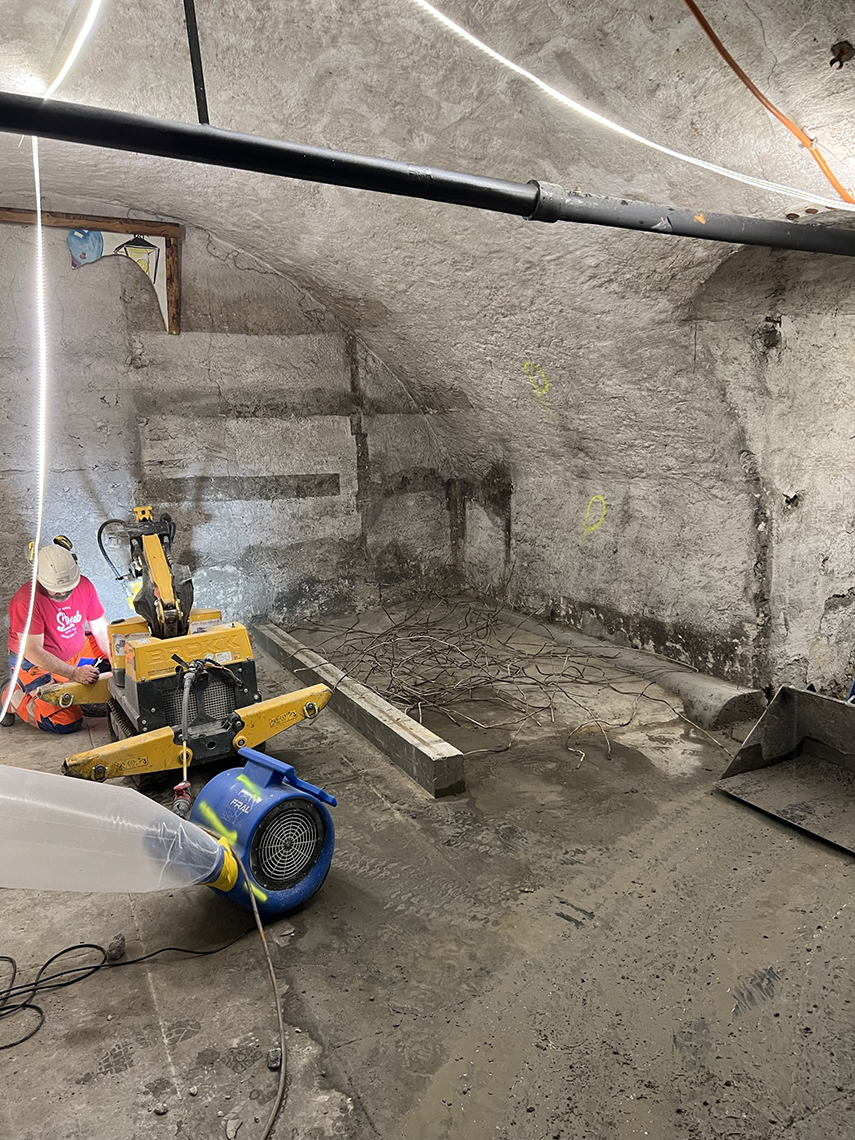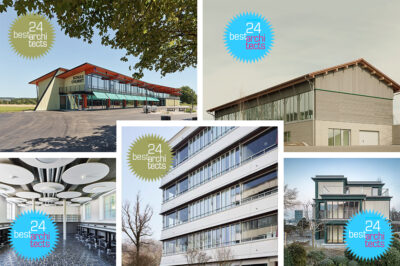
Beer, wine and data
Sometimes working with existing buildings is like reading a history book…
Construction work has just started on a new data centre for the University of Zurich in the Schönberggasse 1 “Zum Schanzenberg” building. The structural engineers from Lüchinger+Meyer are accompanying the conversion project alongside GFA Gruppe für Architektur and BGS & Partner Architekten, and in this context became aware of the building’s eventful history.
The listed building was built in 1843 by Wilhelm Waser. As one of the first buildings to be erected after the baroque redoubts were dismantled, it forms part of a ring development reminiscent of Vienna’s Ringstrasse, which was built somewhat later. Originally, the building housed the “Brauerei Schanzenberg” (Schanzenberg Brewery) with malt kiln, brewhouse, malt pits, fermentation and storage cellars, in addition to a few flats. Unfortunately, business did not go very well. In 1851, the western wing of the building burned down, and the following year – after only eight years of operation – the brewery was closed.
The property was then converted into a residential building, later used as a cantonal school (literature high school) and as part of the teacher training college, and finally affiliated with the Institute of Economics at the University of Zurich. Wine was stored in the former fermentation cellars in the meantime. In the future, data storage is now planned here. The new server room will be built in the basement, which was constructed as a vaulted cellar. The vaults, made of sandstone masonry with stone thicknesses of approx. 50cm and spans of approx. 6m, are completely integrated into the subsoil. By means of comparative calculations, the load-bearing capacities of the massive vaulted ceilings for the increased area loads could be verified.
For the management of an intermediate floor, it is necessary to lower the existing floors by 50 cm. To ensure the load transfer between the outer walls (short circuit of the earth pressure forces), a rigid concrete trough is realised. To avoid overstressing the existing structure during the construction phase, the lowering of the floor slabs is done in stages.






